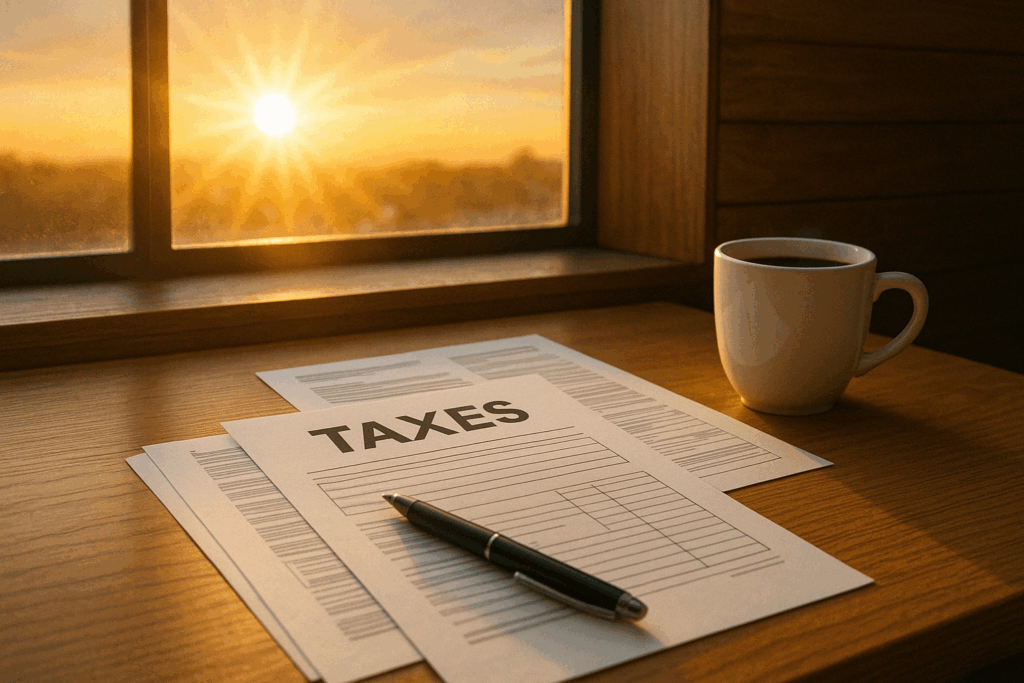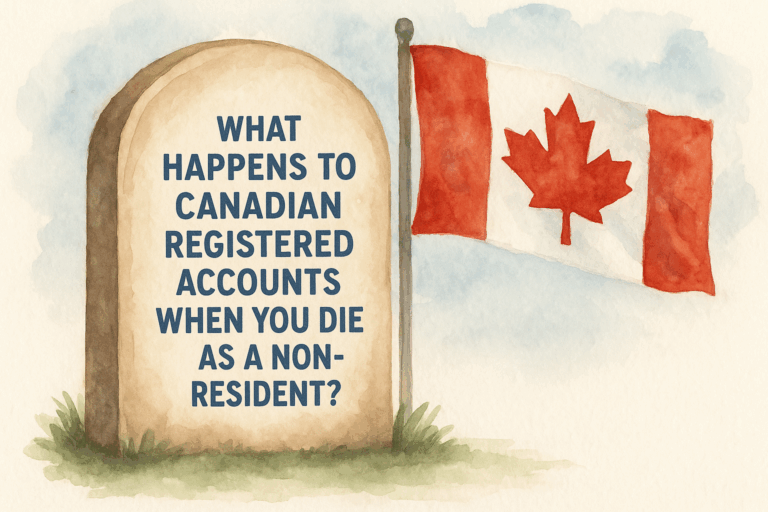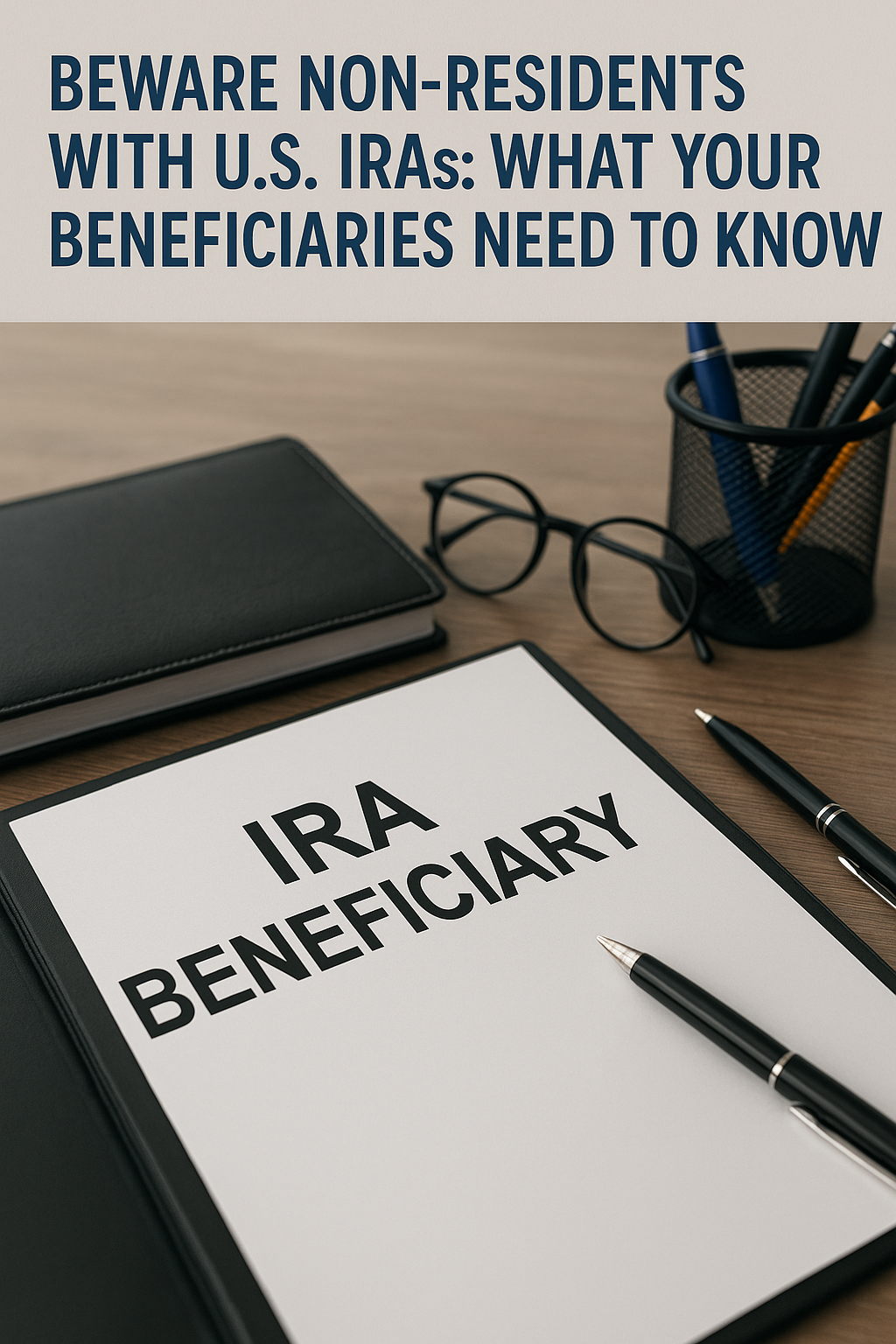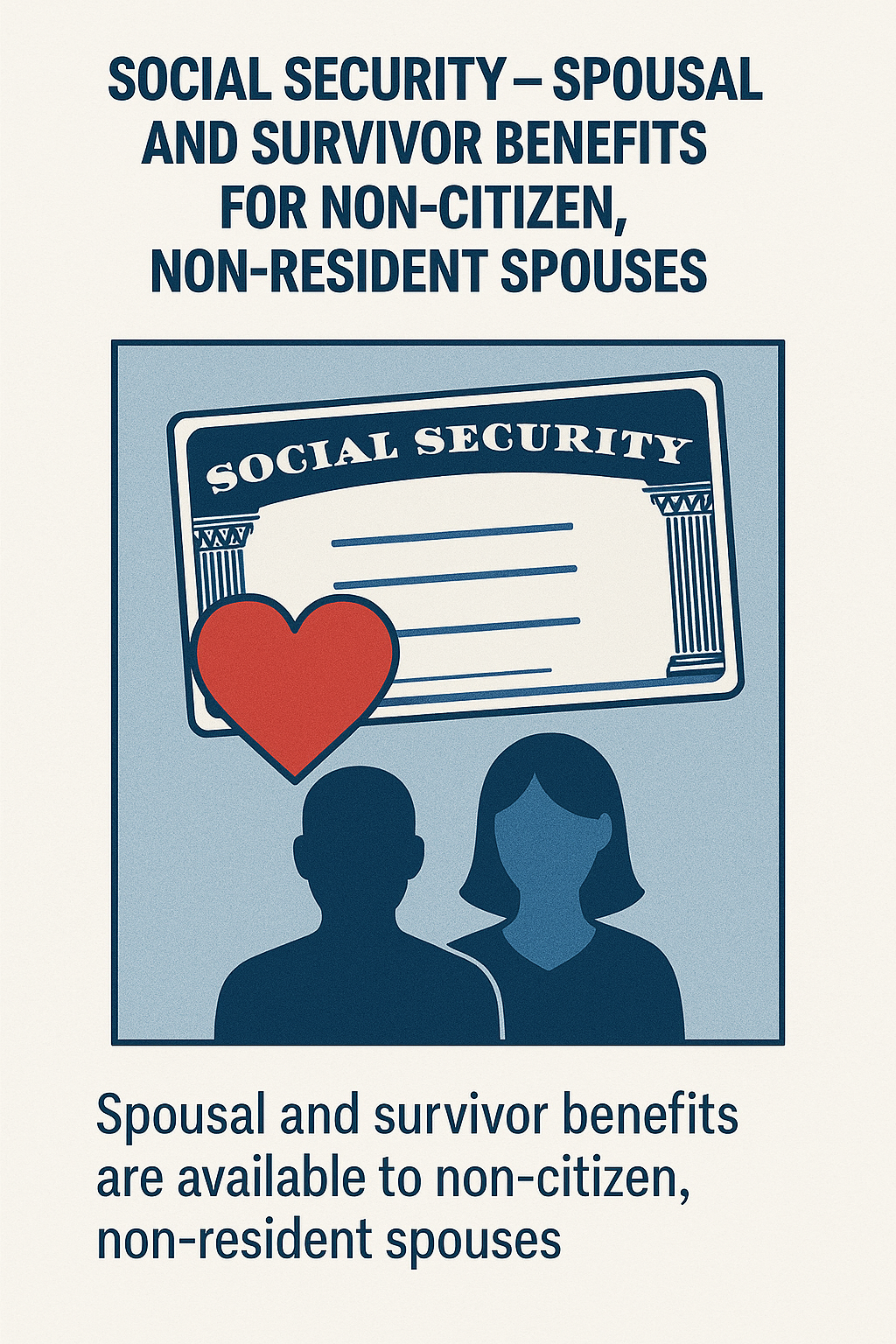
Filing your taxes may feel like the finish line, but really, it’s just the starting point for making smarter financial decisions. Whether you ended up with a large refund or a surprising tax bill, now is the perfect time to take action. Here are five essential steps to take after you’ve filed your return so you don’t just file and forget.
1. Adjust Your Withholding for Next Year
If your refund was unusually large, or if you owed more than expected, it’s time to revisit your tax withholding.
- A large refund means you gave the government a free loan. You won’t earn interest on the overpayment, but if you underpay, the IRS (or CRA) will charge you interest and penalties.
- The goal is accuracy. Ideally, you should aim to break even at tax time—owing a little or getting a small refund.
Updating your Form W-4 (in the U.S.) or TD1 (in Canada) can help fine-tune your paycheck withholding.
2. Evaluate Any Changes in Your Financial Life
Your tax return is a snapshot of your financial year. But what’s next?
- Did your income change?
- Are you buying a home soon?
- Are you retiring this year or switching to part-time work?
- Planning a Roth conversion or cross-border move?
These life changes can significantly affect your tax situation and overall financial strategy. For example, retirees move from employer withholding to estimated payments. You usually pay less tax in retirement than you did while you were working, but knowing how much to pay can be tricky. Estimated tax payment slips will be generated with your tax return each year, but that can still leave you with big tax bills at the end of the year as your situation changes with required minimum distributions (RMD) kicking in, along with Social Security and possibly Canada Pension Plan (CPP) and Old Age Security (OAS).
3. Make a Plan for Your Refund
Getting a refund? Great. Now put it to work.
Here are a few ideas:
- Invest for long-term growth (Roth IRA, 529 Plan, etc.)
- Pay down high-interest debt
- Top up your emergency fund
- Take a vacation—just make sure it fits within your financial plan.
Whatever you decide, your refund should align with your bigger picture financial goals. This is a great time to ask yourself: What’s the smartest thing I can do with this money right now?
4. Strategize How You’ll Pay a Tax Bill
If you owed more than expected, take time to plan where the money will come from:
- Savings?
- Taxable investments?
- Retirement accounts?
- Borrowing?
Borrowing to pay taxes isn’t ideal. It’s a sign that something in your financial or tax planning needs to be revisited. And if you’ve gone into debt to pay your bill, make sure your financial plan now includes how to repay that debt efficiently.
Going forward, you’ll want to adjust your withholding or estimated payments so that next year isn’t a repeat.
5. Use This Momentum to Start (or Update) Your Financial Plan
Let’s be honest: gathering all your financial documents can be a pain. But you just did that for your taxes. So, why not use that momentum?
- You’ve got everything organized (or at least located).
- Most of what’s needed for financial planning is the same as what you used for your tax return.
- This is a perfect opportunity to “kill two birds with one stone” and start or revisit your financial plan.
At 49th Parallel Wealth Management, we specialize in guiding individuals and families through the complexities of cross-border retirement and tax planning.
Whether you’re navigating retirement, moving between countries, or simply looking to get more intentional with your finances—tax season is a launchpad, not a finish line.
From the Desert to the Tundra™, we are your cross-border retirement experts. Let’s use this momentum to build a plan that works for you today, and for the long haul.




